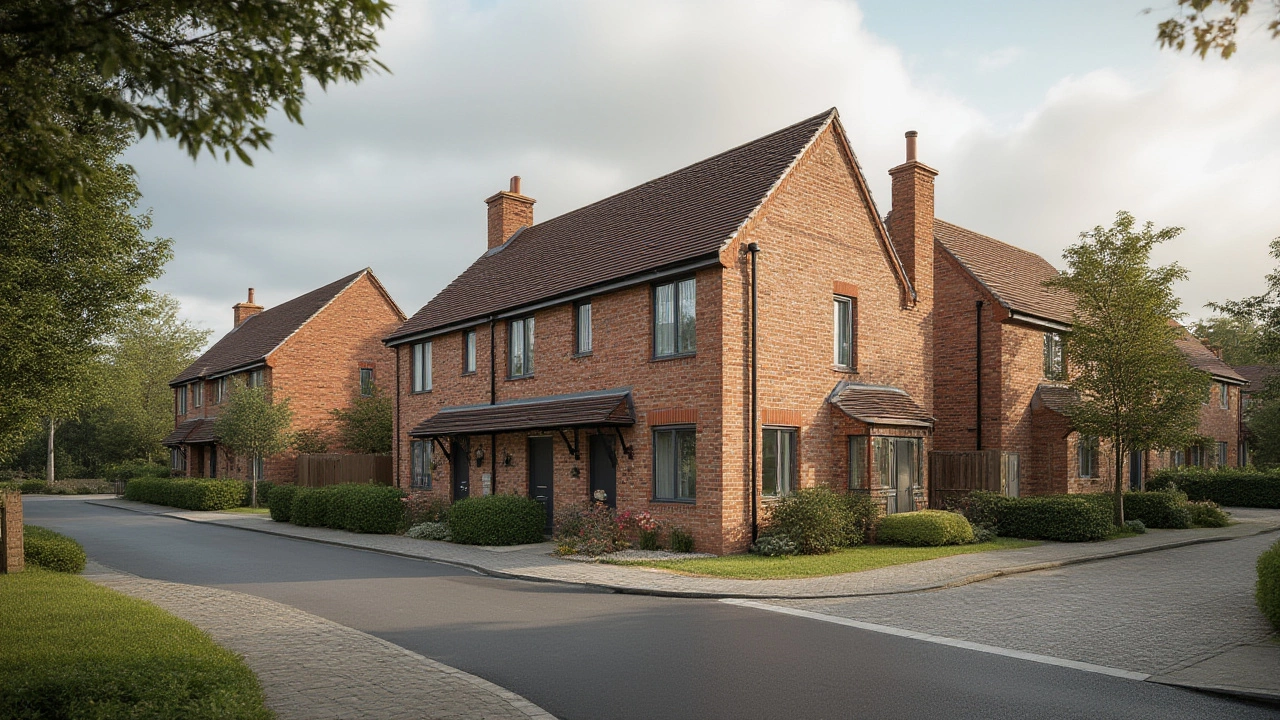Ever wondered how long it takes for a new building to settle? This guide covers the real settling time, what happens, and practical advice for new property owners.
Foundation Settling: Causes, Signs, and Fixes
If you’ve noticed cracks in your walls or doors that won’t close properly, the culprit could be foundation settling. It’s when the ground beneath your house shifts and the concrete slab or footings move down a little. The movement is usually slow, but even a few millimetres can cause visible damage inside the home.
Common Causes of Foundation Settling
Soil type is the biggest factor. Clay swells when it gets wet and shrinks when it dries, pulling the foundation in different directions. Sandy soils drain quickly, which can lead to uneven support if water washes away the base. Poor drainage, leaking gutters, or a broken pipe under the slab adds water where it shouldn’t be, making the soil softer and more likely to settle. Construction errors like not compacting the fill properly also set the stage for later problems.
How to Deal with Settlement Issues
First, check the exterior. Look for standing water, clogged downspouts, or cracks in the foundation wall. Inside, note any new cracks that form in a stair‑step pattern, doors that stick, or uneven floors. Take photos and write down when you first saw each problem – this helps any professional you hire.
If the signs are minor, you might get away with simple fixes. Re‑grading the yard to slope water away from the house, installing French drains, and fixing any leaking pipes can stop further soil movement. For small gaps, a product called “epoxy injection” can fill cracks without disturbing the structure.
When the settlement is more serious – for example, large cracks wider than a quarter inch or a sloping floor you can feel – you’ll need a professional foundation repair crew. Common methods include:
- Mudjacking (or slabjacking): Holes are drilled in the concrete and a cement‑based mixture is pumped underneath to lift the slab back to level.
- Helical piers: Steel shafts are screwed deep into stable soil and then attached to the foundation to hold it up.
- Wall anchors: For basements, anchors are installed in the surrounding soil and connected to the wall to stop bowing.
These solutions vary in price, but most fall between a few thousand to tens of thousands of pounds. Ask for a detailed quote that breaks down labour, materials, and any warranty.
Now, about insurance. Standard building insurance usually covers sudden damage – like a burst pipe that floods the basement – but it often excludes slow‑moving problems such as foundation settling caused by soil movement. Check your policy for “foundation repair exclusions” and ask the insurer what documentation they need if you file a claim. Sometimes a separate “structural warranty” or an extended home warranty will cover settlement repairs.
If you discover a broken pipe under the foundation, act fast. Shut off the water, call a plumber, and document the leak. A quick repair can prevent the soil from staying saturated and reduce the chance of further settlement.
When you’re weighing major foundation repair versus simple fixes, consider the long‑term impact on your home’s value. A well‑fixed foundation keeps the house stable, improves resale price, and saves you from future headaches. If you’re unsure, get a second opinion from a structural engineer – they can tell you whether the movement is cosmetic or a sign of deeper structural issues.
Preventive steps are worth the effort. Keep the ground around your house moist but not soggy, maintain gutters, and avoid planting large trees too close to the foundation (roots can pull soil away). A small investment in drainage now can save thousands later.
Bottom line: foundation settling isn’t something to ignore. Spot the signs early, fix drainage problems, and call a professional when the cracks get bigger. And always double‑check your insurance so you don’t get caught off‑guard by unexpected costs.
